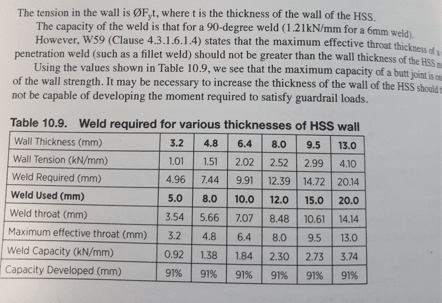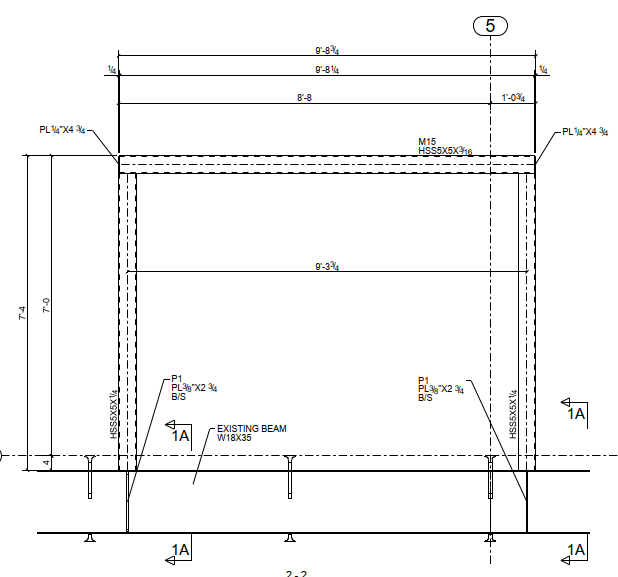Hey all,
I was hoping someone here would have a reference or an example for connecting a cantilever post (HSS) to the top flange of a roof beam (T connection). The intent is for a frame to be built on the roof, and providing a fully welded connection to the wide flange. I can't find anything using RISA Connection or IDEA Statica for this specific type of connection to try and get a reference. The loads are relatively low, but I'm struggling to justify if a 1/4" fillet all sides would be sufficient or if I should prep the HSS and CJP it to the beam.
I was hoping someone here would have a reference or an example for connecting a cantilever post (HSS) to the top flange of a roof beam (T connection). The intent is for a frame to be built on the roof, and providing a fully welded connection to the wide flange. I can't find anything using RISA Connection or IDEA Statica for this specific type of connection to try and get a reference. The loads are relatively low, but I'm struggling to justify if a 1/4" fillet all sides would be sufficient or if I should prep the HSS and CJP it to the beam.




